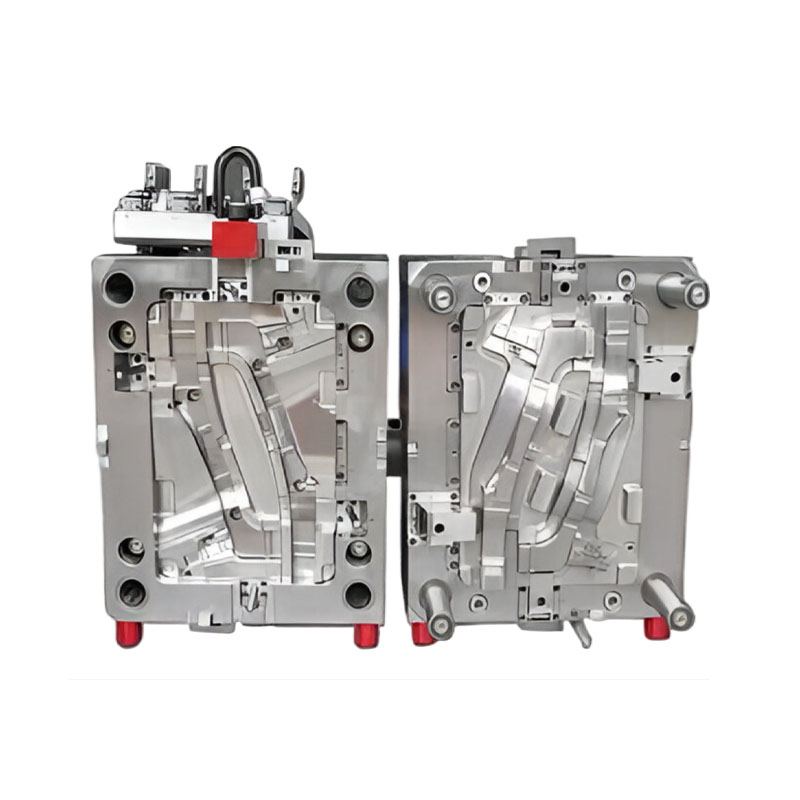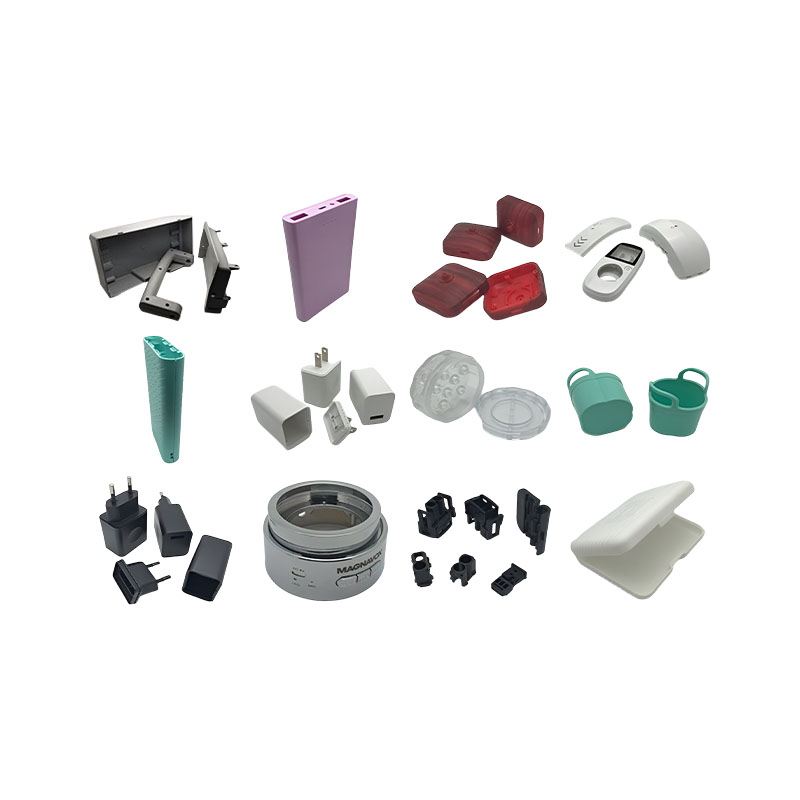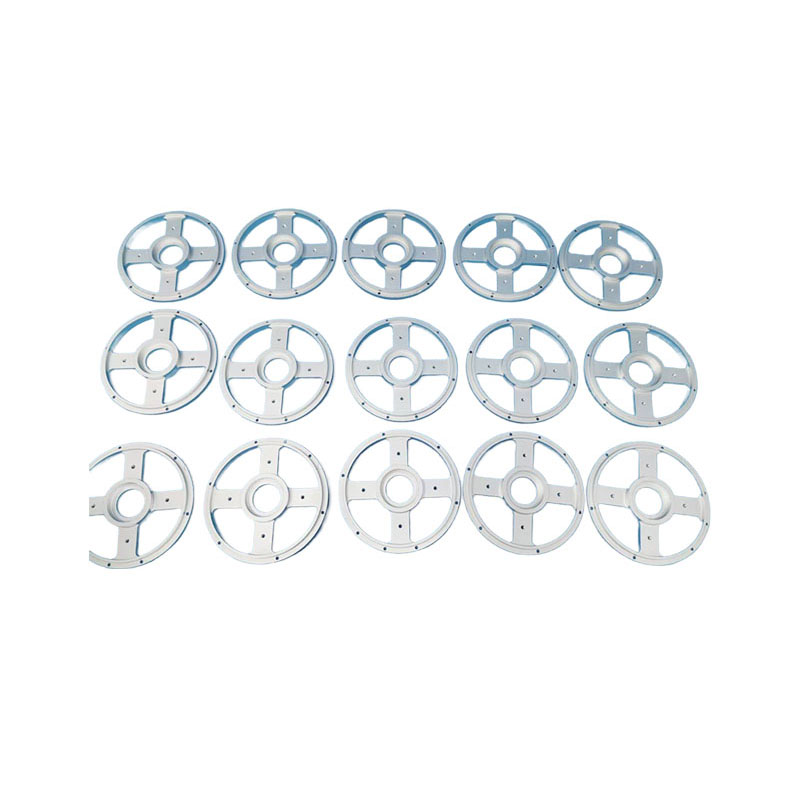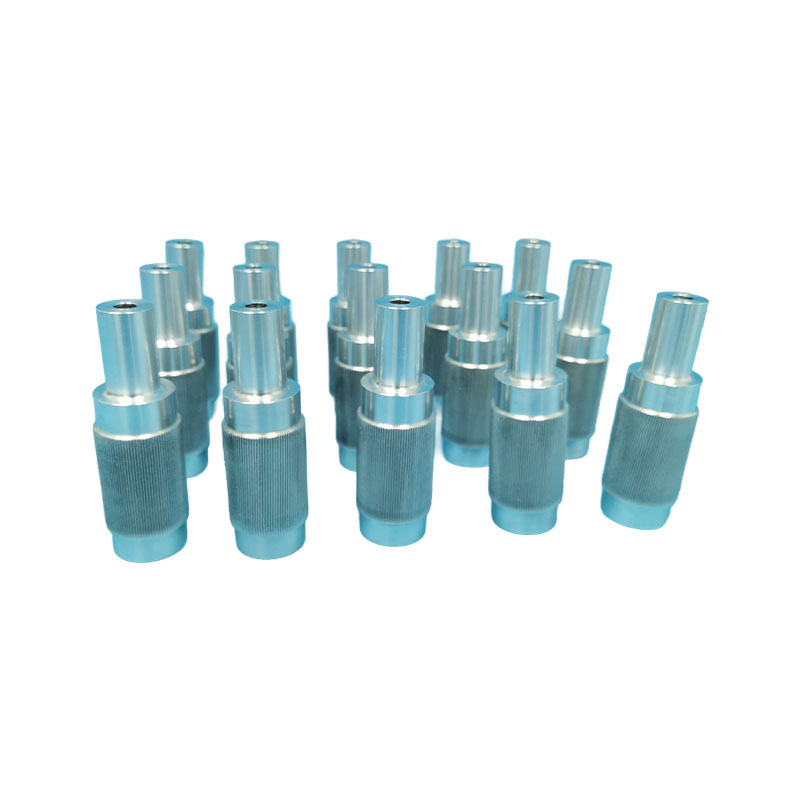How can silicone mold small batch processing quickly respond to design changes and improve product iteration flexibility?
Release Time : 2025-08-06
The key to silicone mold small batch processing's ability to quickly respond to design changes lies in the silicone material's inherent high plasticity and ease of modification. Silicone offers moderate hardness and excellent elasticity. When product designs require adjustments, complex cutting or welding modifications, as with metal molds, are eliminated. Instead, the existing silicone mold can be reshaped or repaired. For example, to modify a specific protrusion, groove, or aperture, the mold shape can be adjusted directly by filling, cutting, or re-injecting silicone. This material's flexibility provides the foundation for design changes, eliminating the need for lengthy mold remakes.
The streamlined process of small batch processing further shortens the response time to design changes. Compared to the large metal molds required for mass production, the mold opening process for silicone mold small batch processing is more streamlined, eliminating the need for complex machining steps and lengthy heat treatment. When design changes occur, simply adjust the digital mold model and quickly create new mold components through silicone infusion. Modifications can even be made directly within the existing mold. This streamlined process reduces the number of steps between design changes and mold adjustments, allowing modified molds to be put into production in a shorter timeframe, avoiding time-consuming steps such as equipment scheduling and process adjustments in traditional mold modification.
The digital design and production chain for silicone mold small batch processing provides technical support for rapid change response. During the design phase, product models are constructed using digital software. When changes are needed, simply modify the corresponding parameters in the digital model, and the updated model is directly used in silicone mold production. This digital connection eliminates the error-prone and time-consuming steps of traditional mold modification, such as drawing conversion and manual layout, ensuring that design changes are accurately and quickly transferred to mold production. Furthermore, the digital preview function allows for verification of the effects of changes before mold production, reducing repeated adjustments during actual modification and improving response efficiency.
The scale of small batch production reduces the cost of design changes, encouraging more flexible iterative adjustments. Silicone mold production costs are lower than metal molds, and small batch processing does not require extensive production line equipment. When design changes occur, the loss of discarding the original mold is minimized, and the cost of producing a new mold is more manageable. This low-cost advantage allows companies to more freely adjust designs based on market feedback during the product trial production phase without worrying about the risks associated with high mold costs. This allows them to more proactively iterate on products and improve overall flexibility.
The rapid duplication capability of silicone molds supports the parallel development of multiple versions, accelerating the iteration process. During design changes, silicone mold small batch processing allows for the simultaneous production of multiple modified mold versions for small-batch trial production and testing. This parallel development model avoids the lengthy "modify - test - revise" cycle of traditional serial processes, enabling the feasibility of multiple design options to be verified within the same timeframe, quickly identifying the optimal solution. Furthermore, multiple mold versions can share a common underlying structure, requiring only modifications to the differences, further reducing the time and cost of multi-version development.
The high compatibility of the mold and the finished product reduces debugging time after design changes. Silicone material offers excellent duplication accuracy, allowing modified silicone molds to accurately reproduce the new design details, ensuring minimal deviations from the original design in the molded product. This means that after design changes, there's no need to spend extensive time debugging the mold to ensure compatibility with the finished product, reducing repeated adjustments during trial production. Whether modifying product size, texture, or structure, silicone molds can quickly adapt to new designs, ensuring that modified products meet quality requirements quickly and accelerating iteration.
Silicone mold small batch processing reduces reliance on production equipment, further enhancing flexibility in design changes. Silicone mold production and use do not require large, specialized equipment; processes such as pouring and curing can be completed in standard production environments. Design changes eliminate the need for complex equipment modifications or re-commissioning. This low equipment dependency allows production sites, personnel, and other resources to quickly transition to modified production tasks, reducing response delays caused by equipment limitations and enabling smoother product iterations.







